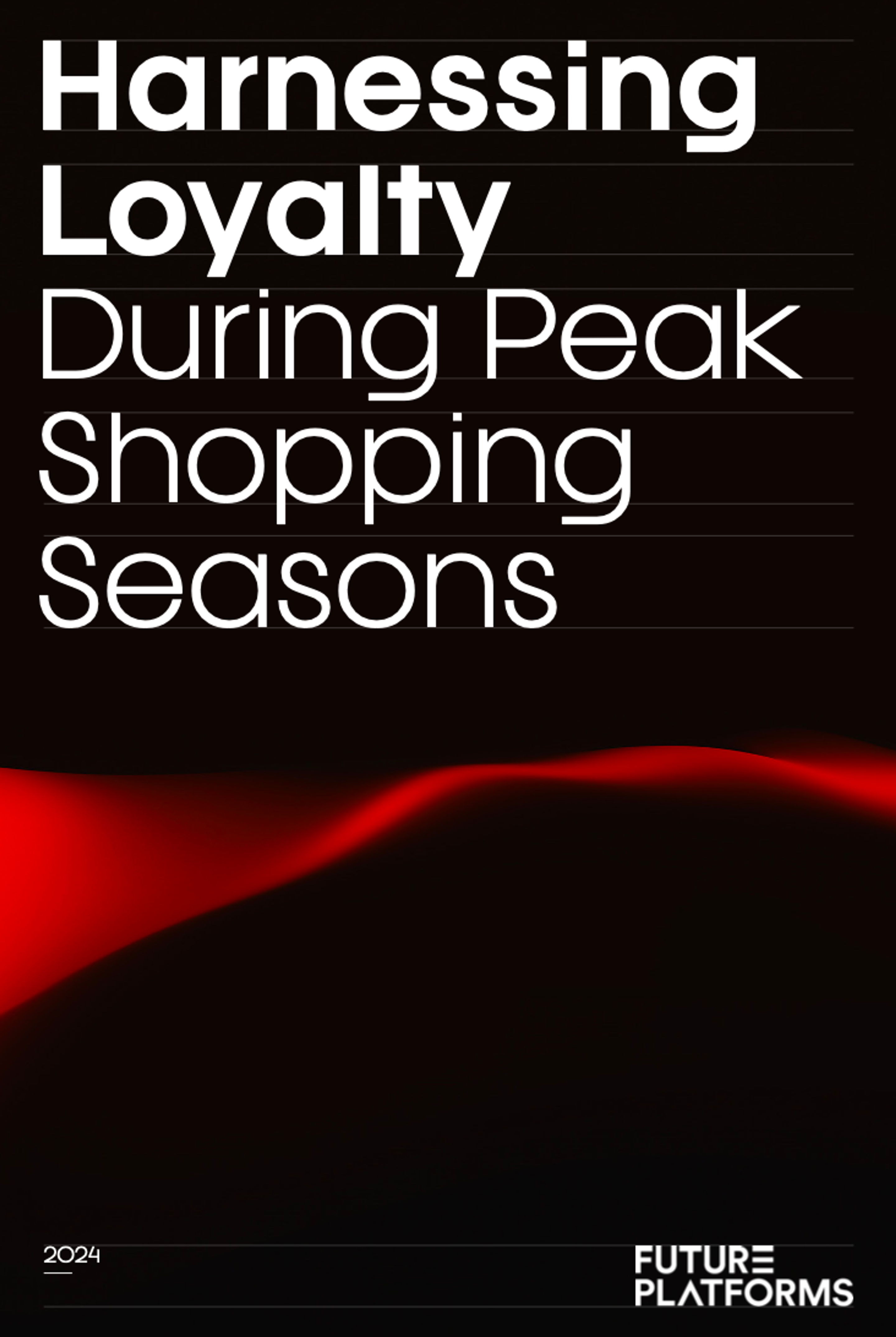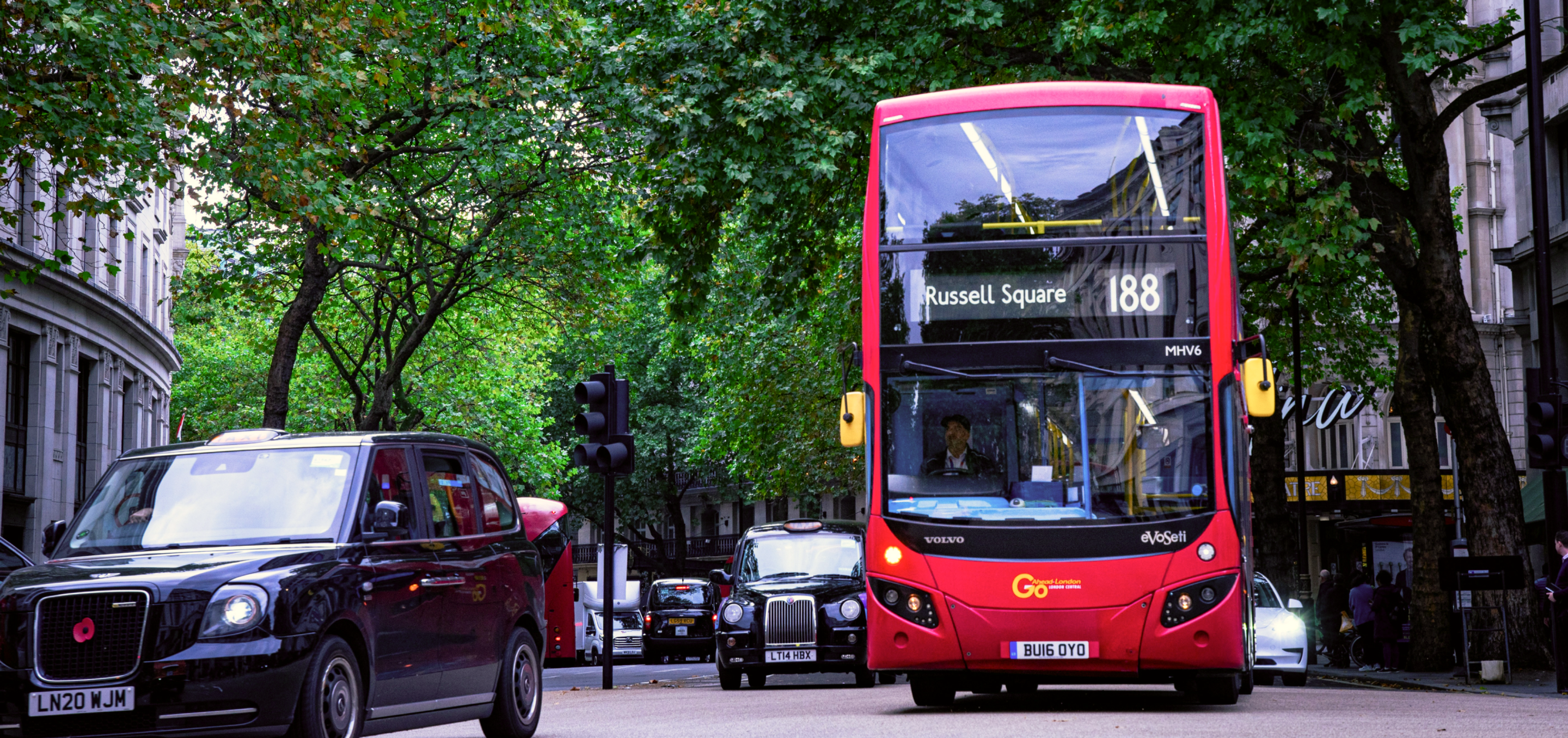Maximise Peak ROI with Customer Loyalty and Retention

If you need a revenue boost, it’s important to make the most of high-sales periods when they appear. As such, peak shopping seasons are likely to be an important time for your business. But how can you maximise your return on investment during these periods?
Loyalty is a crucial factor in maximising peak season revenue and customer lifetime value: research from marketing experts Marigold suggests that 63% of consumers will pay more to shop with the brands they’re loyal to. Leveraging this loyalty during peak season means engaging with your customers and making them feel valued — otherwise, you may lose them to the promotions and discounts that often spring up during peak shopping periods.
In this article, we’ll look at building customer loyalty in the weeks leading up to peak season, and then discuss how you can leverage retention techniques to ensure above-average peak season sales. We’ll also explain what peak seasons are, and how they differ by location and industry.
What Are Peak Seasons?
Peak seasons are simply short periods of higher sales for businesses. However, the context is important, as not every peak season will be relevant to your business.
For example, some peak seasons are cultural: the most well-known examples of this type of peak would be religious holidays like Christmas and cultural events like Black Friday (which follows the American holiday Thanksgiving). These types of peaks typically involve gift-buying or large, traditional meals, so they are peak times for retail businesses and supermarkets.
Other peaks are seasonal. Most examples of this have to do with weather and temperature changes: for instance, energy companies typically see a peak season in winter as people use more gas and electricity to heat their homes. Clothing companies that specialise in either summer or winter fashions will also see peaks at the appropriate season.
Regardless of the context, peak seasons represent a great opportunity to expand your audience as a business and boost sales.
Do Peak Seasons Differ Between Different Countries?
As we mentioned above, there are reasons behind each peak season, and this means that no peak is truly universal (i.e. affects every single business). Location is probably the most significant factor in determining the relevant peak seasons. For example:
Businesses typically roll out large marketing campaigns and offer significant discounts to maximise peak season sales. These are great for customer acquisition, but as most of their competitors will also be preparing for peak season, it can be a struggle to carve out a share of the peak season market. However, focusing on leveraging the loyalty of existing customers (instead of trying to attract new ones) can offer an alternative path to peak season success.
Building Customer Loyalty
Having a solid base of loyal customers is important to maintaining a steady cash flow. These customers can reliably provide a range of helpful benefits: the one most important to your cash flow is that they are likely to return to your business often to buy from you again and again. However, there are other advantages to building loyalty. For example, loyal customers are much more likely to help build your reputation through positive word-of-mouth and favourable online reviews.
Building customer loyalty is also helpful in preparing for peak seasons, but make sure that you initiate any loyalty-building campaigns well in advance of peak season so that you have time to truly establish a significant audience of loyal customers. Building loyalty takes time, and it’s unlikely that your campaigns will have much of an impact if they only run for a month before peak season begins.
But what exactly do these campaigns involve? There is a huge range of tactics that businesses can implement in order to build customer loyalty. Below, we’ll look into what some of these tactics are and how you can execute them effectively.
Providing Value Through Customer Loyalty Programs
One of the most widely adopted methods for building customer loyalty is the use of a loyalty program. These are typically account-based systems that provide a way for businesses to offer value to customers who sign up.
For example, a very common type of loyalty program for supermarkets is a points-based system. Customers sign up for an account, and any purchases they make with the company accrue points (this encourages customers to repeatedly buy from the company). The company then offers value by allowing customers to redeem points in exchange for certain benefits, such as vouchers, free products, or discounts.
Non-points-based programs may simply work as ‘voucher libraries' where users can scroll through to find promotions or discount codes for items. Most loyalty programs are tied to a mobile app for ease of use — but making the program downloadable (alongside the need to create an account) improves its usefulness in data capture.
During peak season, loyalty programs can be reworked to increase their use or encourage more customers to sign up. For instance, reward points could be given greater value, or limited-time discounts could be offered to those who signed up. Lidl credits its position as the fastest-growing grocer in Q4 2023 on its loyalty program, which provided seasonal benefits like an Advent calendar-style promotion offering a coupon a day during December.
Aligning Your Brand Messaging to Build Trust
A key part of building customer loyalty is brand consistency. If consumers trust that you're genuine with what you say you are and what you want to do, it’s likely that they’ll continuously shop with you, but building this trust means staying consistent with that message across both your words and actions.
However, while some businesses only express their values and principles through marketing messaging, true loyalty can only be established if you successfully express your values through the core framework of your company as well. Your products, customer service, and the way you treat employees all need to demonstrate your company values publicly and consistently.
Should you advertise one set of values but practise another, customers will likely notice a disconnect between what you say and what you do. Similarly, practising your company values but not actively advertising that fact in your marketing campaigns means that regardless of how positive your values are, they won’t be publicly known.
Other Strategies for Building Loyalty
Say you’re already offering a loyalty program and are consistent in your brand messaging. What else is there to offer? Below, we’ve included two more strategies for improving customer loyalty and retention.
The first is a more indirect tactic than the two listed above: community building. Building online and offline communities is a powerful tool for helping the brand connect with consumers, but it doesn’t directly improve loyalty. Instead, it’s about providing forums for consumers to discuss the product or brand in question.
Once a brand establishes a forum, it must then encourage conversation by consistently creating relevant content. If this content can successfully engage your audience and allow opinions to develop, it will provoke conversation, and loyalty should organically arise from your community-building efforts.
Another tactic is to provide consumers with a feeling of exclusivity as well as value. Doing so can be particularly impactful for brands looking to convey a feeling of luxury, or that sell luxury products. Giving customers the impression that they are in an exclusive group makes them feel more valued, which can help build their loyalty.
Specifically, the feeling of exclusivity can be provided through offers like early access to new products — even if the product will eventually be made widely available anyway, letting loyal customers access it first helps them feel valued. During a peak season, holding in-person events for these early-access opportunities can provide incredible word-of-mouth marketing, especially if you have a loyalty program app that connects to social media accounts, making posting about attendance easier for consumers.
How Digital Products Can Help You Maximise Your ROI
Loyalty programs are a common and fairly effective way to build customer loyalty. But how can you roll out a customer loyalty program on a large scale, and in a way that makes it easy for your customers to sign up and enjoy its benefits?
Digital products are the solution. The term ‘digital product’ usually refers to an app in most instances, but in the case of online businesses, their digital product will likely be an extension of their website (or simply a mobile link to the website itself). Combining a loyalty program with a digital product allows customers to access it far more easily, and provides a great platform for your brand imagery and marketing.
Below, we’ll share a few ways you can utilise digital products to maximise your return on investment, particularly during peak season.
Using Digital Products To Leverage Loyalty
Digital products provide an innovative channel with which you can leverage some of the other tactics we’ve suggested above. Typically, a business would use a loyalty program app to display the various discounts available to its customers, or use the app to track purchases and accrue loyalty reward points.
The ability to track purchases is an important feature of loyalty apps. It allows businesses to better identify and reward loyal customers by tracking product preferences and buying behaviour. As well as offering data capture opportunities, digital products also help create active opportunities for customers to provide feedback via surveys and questionnaires.
Finally, loyalty apps integrate well with the idea of community building to create loyalty — a loyalty app is a great platform to create a forum for your users to discuss the brand and hold discussions. By engaging in these discussions and implementing customer suggestions, you can improve loyalty by showing customers that you’re interested in what they have to say.
The Importance of Design
When designing a digital product like a website or brand app, make sure the design keeps your brand imagery at the forefront. This means including prominent logos, as well as your brand colours and style.
However, it’s also important to keep things simple and streamlined — never make it so that your design prevents customers from easily finding the product they need and purchasing it. Additionally, take care to avoid making significant changes during peak season. You may want to include clear indicators pointing out discounted products and the like, but moving pages around too much could confuse loyal customers.
Design is a core factor in the success of your digital product. If you don’t have the skills to develop the app in-house, make sure you outsource the task to a team that can offer a high level of technical expertise alongside a passion for design.
Making The Most of Your Peak Seasons With Future Platforms
Future Platforms offer end-to-end services to cover all aspects of your digital journey. Regardless of the digital product you need, we’re able to lend our insights and experience to ensure you can provide your customers with the best experience possible.
If you’re looking for effective, innovative digital products that set you apart from the competition, get in touch today.





